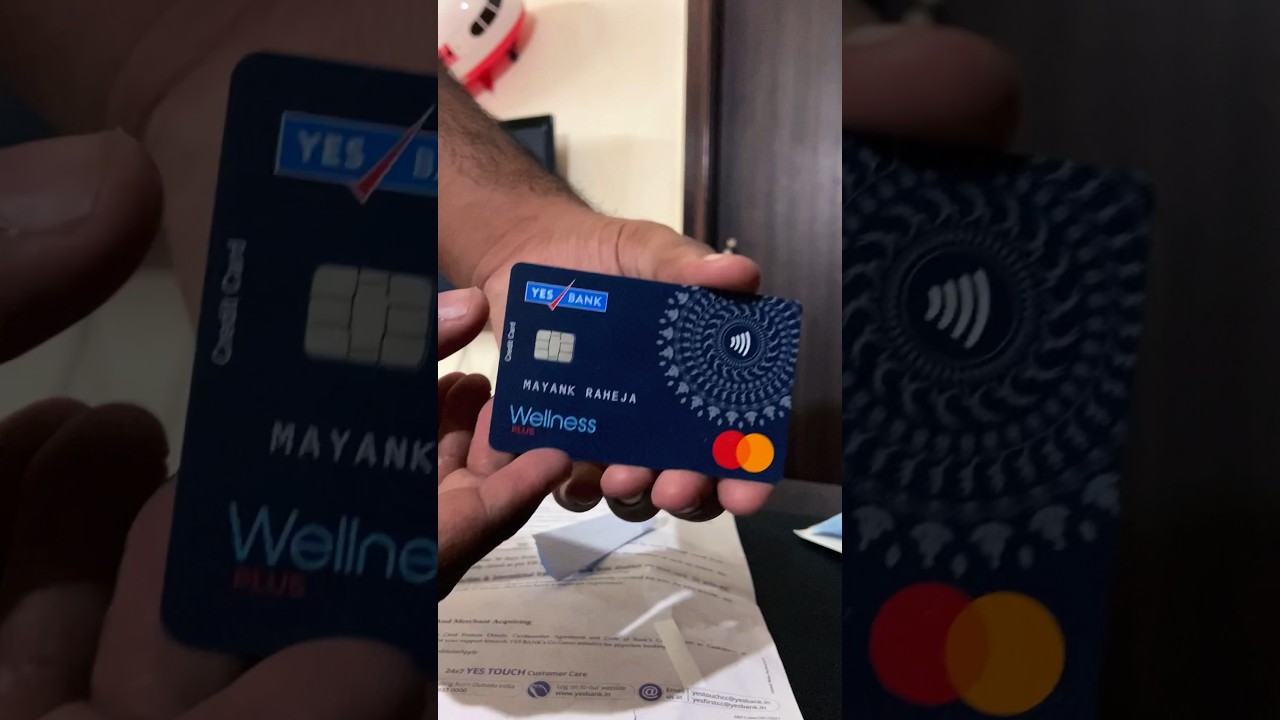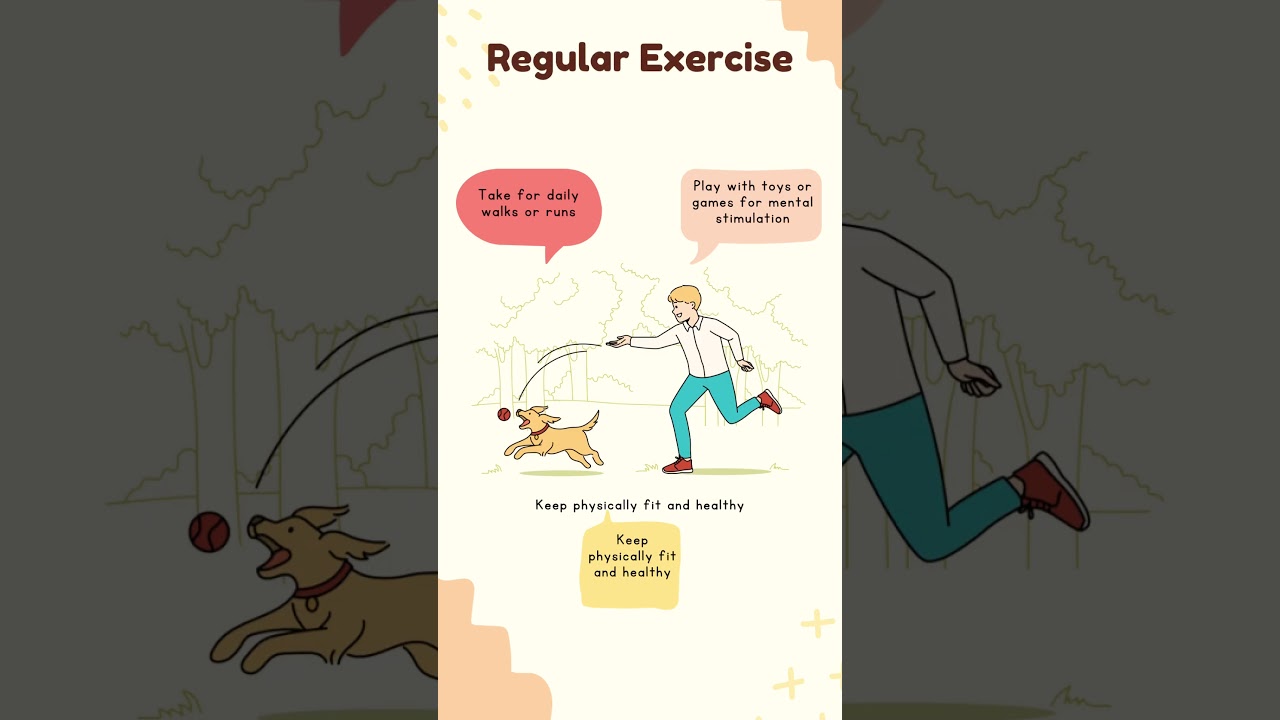The role of the liver is very important for several reasons in the body. The functions the liver is responsible to help and perform include storing iron, producing bile to help with digestion, converting nutrients to energy, making proteins in the body, keeping infections away by removing bacteria and toxins, and creating substances that help blot to clot and heal a wound when needed. Fatty liver disease occurs when extra fat is stored in the liver. Although it is not always problematic or even symptomatic, some cases lead to liver damage. Fortunately, the condition can be reversed.
There are two types which are either alcohol-induced fatty liver disease or non-alcohol related. Alcohol-related occurs in about 5% of fatty liver disease cases. Non-alcohol related fatty liver disease occurs in one in three adults in the US. The exact cause is still unknown. Possible causes could be related to obesity, type 2 diabetes/insulin resistance, certain prescription medications, or having metabolic syndrome with high blood pressure, high cholesterol, and high triglycerides.
Fatty liver disease in about 7% to 30% of people can worsen over time. There’s a 3-part progression to worsening cases of fatty liver disease. First, steatohepatitis occurs, which is when the liver becomes swollen, indicating signs of damage. Second, fibrosis will occur when scarring is happening where the damage has taken place. Finally, cirrhosis of the liver can happen, and this Is where the scar tissue starts replacing the healthy tissue. Cirrhosis is serious because the hard tissue that has replaced the healthy tissue can block the liver from working altogether.
Not everyone will experience symptoms, but blood work could indicate elevated liver enzymes. This red flag can warrant having an ultrasound performed of the liver, having a liver biopsy, or having a special scan called a FibroScan. Some people might experience one or more of the following symptoms: yellow skin or in the pupils of the eyes, swollen abdomen and/or legs, weakness, nausea, loss of appetite, weight loss, and/or being extremely tired.
Naturally, the liver is resilient and can repair itself. Treatment/preventative measures include avoiding alcohol, maintaining a healthy weight, exercising regularly, consuming green tea, taking amla which has vitamin C and antioxidants to fight inflammation, taking turmeric, and consuming apple cider vinegar. Getting a yearly physical with a comprehensive blood panel is also highly recommended. Sometimes we don’t know what’s going on under the surface. We can then make informed decisions about natural approaches that are applicable and prospectively a route for treatment.
Non-alcoholic fatty liver disease – PMC (nih.gov)
Nuclear Receptors in Nonalcoholic Fatty Liver Disease (hindawi.com)Current status, problems, and perspectives of non-alcoholic fatty liver disease research – PMC (nih.gov)



